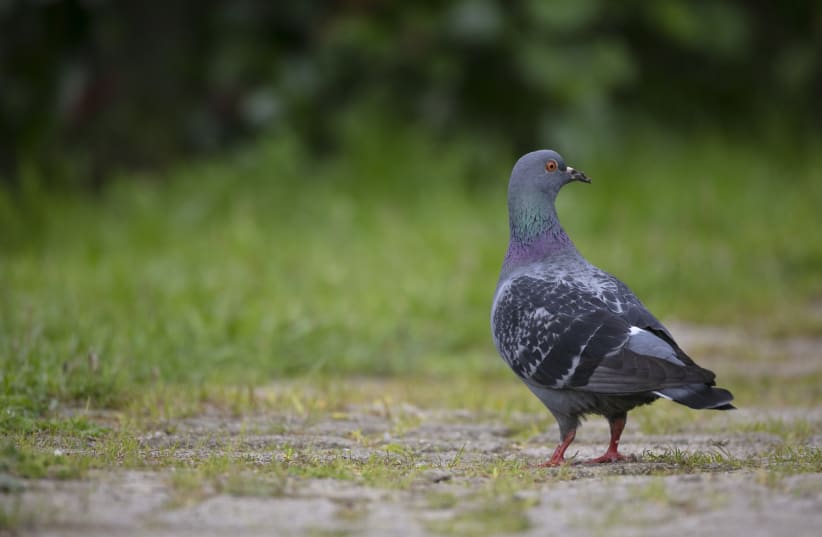Pigeons have become a familiar presence in our cities, flitting about in our parks and perching on our buildings. Their gentle cooing and unassuming demeanor have made them a quintessential part of urban life in Israel. However, these seemingly innocuous avian inhabitants may carry more than just a harmless demeanor. They might bear hidden health risks that are important for the public to be aware of.
Pigeon-borne Diseases: A Closer Look
Pigeons can carry several diseases, some of which are transmissible to humans and pets. While not commonplace, these diseases include avian flu, salmonellosis, psittacosis, cryptococcosis, and histoplasmosis. Most are contracted by inhaling bacteria or fungi from dry, airborne pigeon droppings or through consumption of contaminated food or water. Given their ability to fly, pigeons can spread these diseases over a wide area, highlighting the importance of understanding the risks and taking preventive measures.
Pigeon-to-Human Transmission: Understanding the Risks
The transmission of these diseases to humans typically occurs in areas with heavy pigeon presence, where droppings can accumulate, dry out, and potentially become airborne. Occupations with increased risk include construction workers, roofers, or anyone dealing with building maintenance and cleaning, given their exposure to places where pigeons may roost. Furthermore, individuals with compromised immune systems are particularly susceptible. Symptoms vary depending on the disease but may include respiratory issues, flu-like symptoms, or, in more severe cases, neurological symptoms.
Pigeon-to-Pet Transmission: Protecting Our Furry Friends
The threat extends beyond humans to our cherished pets as well. Dogs, cats, and domesticated birds can contract these diseases, with birds being particularly susceptible to avian flu. Pigeon droppings or feathers contaminated with diseases could be ingested by pets during their explorations, or they may breathe in the bacteria or fungi when sniffing or playing around areas frequented by pigeons.
Keeping Pigeons at Bay: The Role of Spikes and Nets
One effective way to mitigate the risk of disease transmission is by discouraging pigeons from roosting in certain areas. Pigeon deterrents such as spikes and nets can play a significant role in achieving this. These deterrents are designed to prevent pigeons from landing or nesting in places where their presence may pose a health risk. Pigeon spikes can be installed on ledges, windowsills, rooftops, and other surfaces where pigeons typically land or roost. Nets, on the other hand, can be used to block off larger areas such as balconies or courtyards. Both of these measures can be a valuable part of a comprehensive approach to managing urban pigeon populations and ensuring public health.
A Call for Caution, Not Panic
While some might consider installing pigeon deterrents as a do-it-yourself project, enlisting the help of professionals is often the safest and most effective approach. Experts in pigeon control have the knowledge and experience to assess your specific situation and recommend the best solutions. They can install deterrents correctly and safely, ensuring that they are effective and durable, and minimizing any potential harm to the birds.
Moreover, professionals can provide comprehensive services, including cleaning and disinfection of areas previously infested with pigeon droppings, reducing the risk of disease transmission. They can also offer advice on long-term strategies to manage pigeon populations and minimize future health risks. By enlisting professional help, we can ensure the humane and effective handling of urban pigeon populations. This not only contributes to our health and safety but also promotes a balanced and respectful relationship with our urban wildlife.
This article was penned by Avi Aviv, a specialist in pigeon control: stopyonim
This article was written in cooperation with Stopyonim
